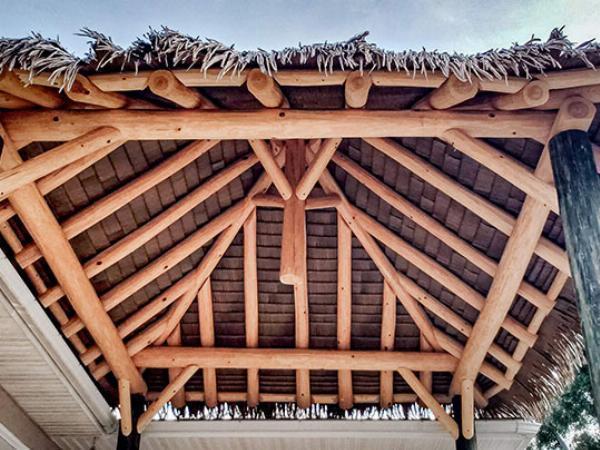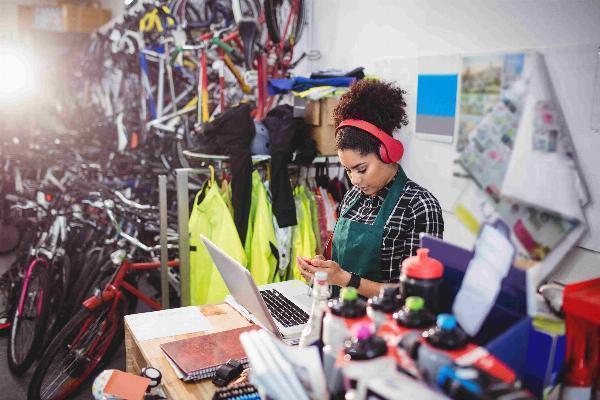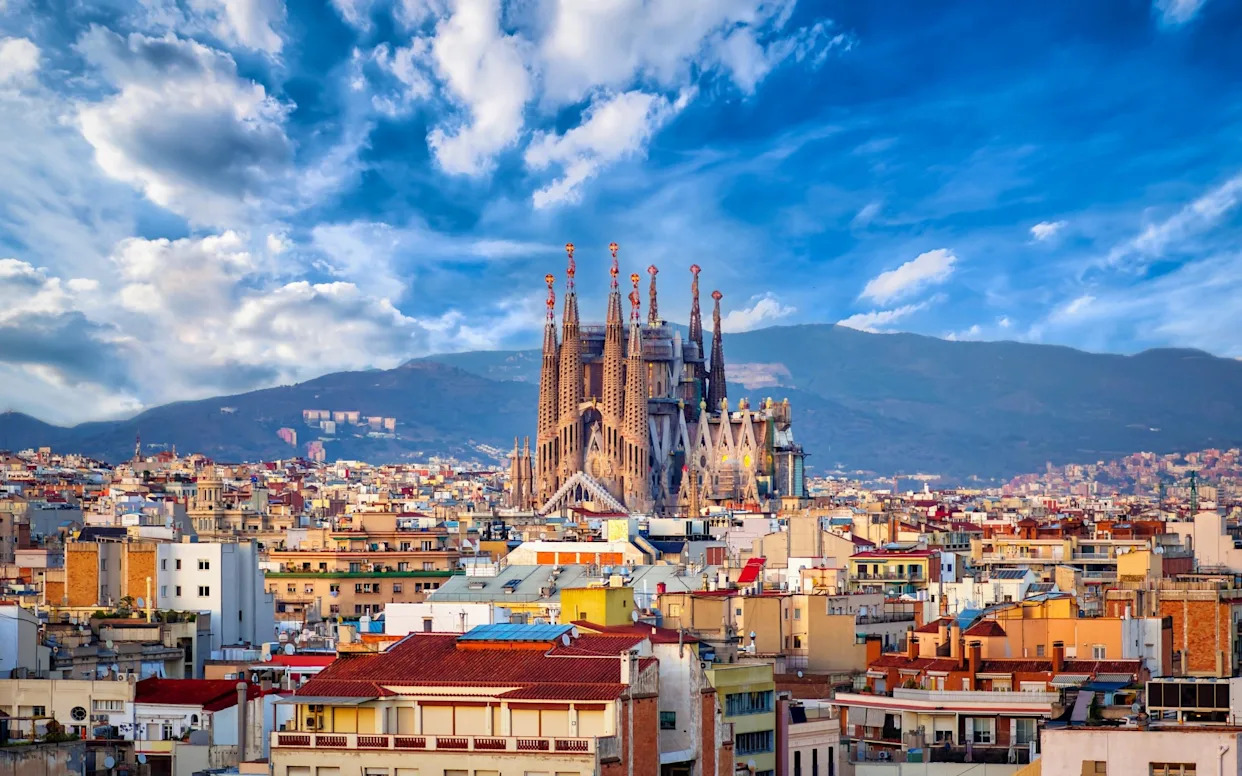
Barcelona combines everything that is most charming about Mediterranean cities – a relaxed pace, months of endless sunshine, unbeatable food – with the cultural and design clout of almost any city in the cold north.
Its patchwork of architectural styles displays dark, Gothic façades next to the harlequin buildings of the Modernistas and the skyline-piercing constructions of Jean Nouvel or Herzog and de Meuron. A day spent admiring them can be topped off with a sundowner on one of the city’s many beaches before dinner at any number of Michelin-starred gastronomic temples or humble, family-run tapas bars. This is a city with a proud sense of identity and its language, culture and traditional festivals are fiercely guarded. Human pyramids, fire-breathing dragons and fibre-glass giants strolling the streets are in evidence most weekends if you look hard enough.
For further Barcelona inspiration, see our in-depth guides to the city’s best hotels, restaurants, bars and nightlife, shopping, attractions, beaches and things to do for free.
In this guide:
What’s new in Barcelona this season
How to spend your holiday
When should I visit Barcelona?
Where to stay in Barcelona
What’s new in Barcelona this summer
Cuisine: Nuara
The Port Olímpic has undergone a classy transformation, with the tacky bars ripped out and the introduction of some excellent new restaurants, including Nuara. Its USP is meat and seafood cooked over an open fire and served alongside sophisticated salads, paella and more, on a wide terrace overlooking the marina.
Cinema: Sala Montjuïc
This year, the beloved outdoor Sala Montjuïc cinema will move from the castle at Montjuïc to the “Three Chimneys” – a newly zhuzhed-up seaside zone at the very north of the beach. Films are a mix of contemporary and classic from every era, and are shown from the end of June to early August.
Culture: Grec Festival
The Grec, a festival running from the end of June to the beginning of August, brings together 90 performances of dance, music and theatre in more than 50 venues across Barcelona. The loveliest place to catch a show is the outdoor Grec amphitheatre on the flank of Montjuïc.
AdvertisementAdvertisement#«R4fekkr8lb2m7nfblbH1» iframe AdvertisementAdvertisement#«R8fekkr8lb2m7nfblbH1» iframeReturn to index
How to spend your holiday
Day one: morning
Modernisme is the local take on art nouveau, and the Passeig de Gràcia is its showcase. Starting at the top and walking downhill, you’ll pass Gaudí’s undulating apartment block, La Pedrera, which now contains an exhibition centre. Be sure to head up to the roof for the perfect Insta shot alongside Gaudí‘s warrior-like chimneys. A little further along you’ll come to his fantastical Casa Batlló, a glittering, polychromatic affair, also open to the public – although with limited time you might want to just check out the façade and those of its neighbouring buildings, which perfectly illustrate the contrasting styles of modernisme.
A short stroll seawards from here will take you to Tapas24, one of the city’s best tapas bars, but make sure to get here well before 2pm for any chance of a seat.
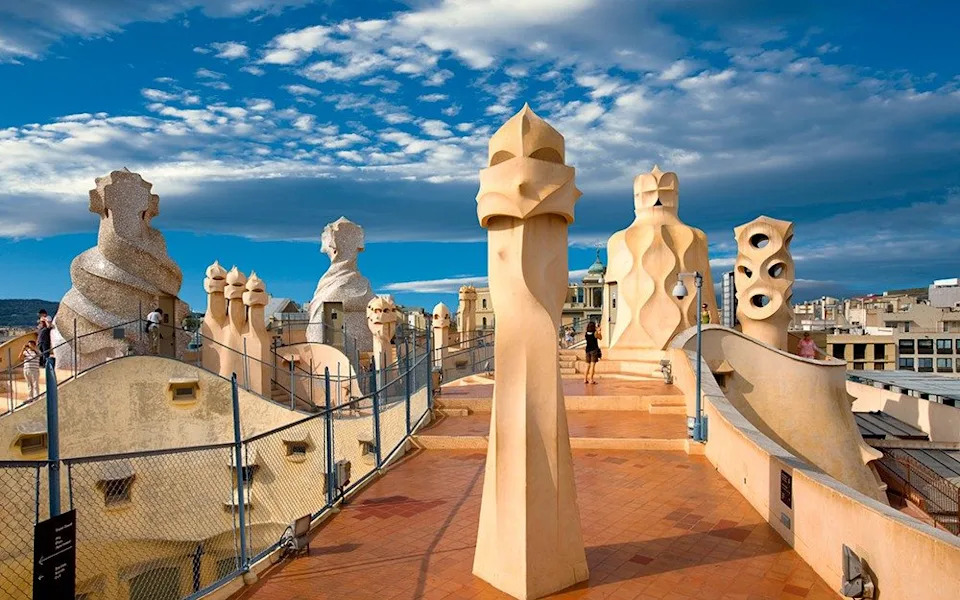 Gaudi’s warrior-like chimneys line the rooftops of La Pedrera - Visions of our land/Visions Of Our Land
Gaudi’s warrior-like chimneys line the rooftops of La Pedrera - Visions of our land/Visions Of Our LandAfternoon
From here, it’s an easy metro ride to Gaudí’s other great masterpiece, the unfinished Sagrada Família. It’s a vast molten wedding cake of a church, as breathtaking within as it is otherworldly without. The queues can be long, but you can bypass them by buying a ticket online beforehand.
AdvertisementAdvertisement#«R4pekkr8lb2m7nfblbH1» iframe AdvertisementAdvertisement#«R8pekkr8lb2m7nfblbH1» iframeThe area around the Sagrada Família is not wildly interesting and lacks decent eating and drinking options, so it’s time to head to Barceloneta and its xiringuitos (beach bars). The crowds start to dissipate in the early evening, and while there is nowhere in Barcelona to watch the sunset (the hill of Montjuïc is in the way), its reflection in the W Hotel at the southern tip can be a close second.
Late
No self-respecting Spaniard would eat paella for dinner (there is an almost superstitious belief that rice is impossible to digest at night), but there are plenty of places that serve it to visitors. Can Solé is a lively but traditional spot with an open kitchen – not the cheapest, but one of the best.
There’s no better digestif than a moonlit stroll along the beach, but along the seafront you’ll also find a line of bars, perfect for a seaside nightcap. Note that many, such as CDLC, require you to be a little dressed up before you’ll feel fully comfortable. Secure one of the day beds that sit alongside the dancefloor inside to see Barcelona’s glam set at play.
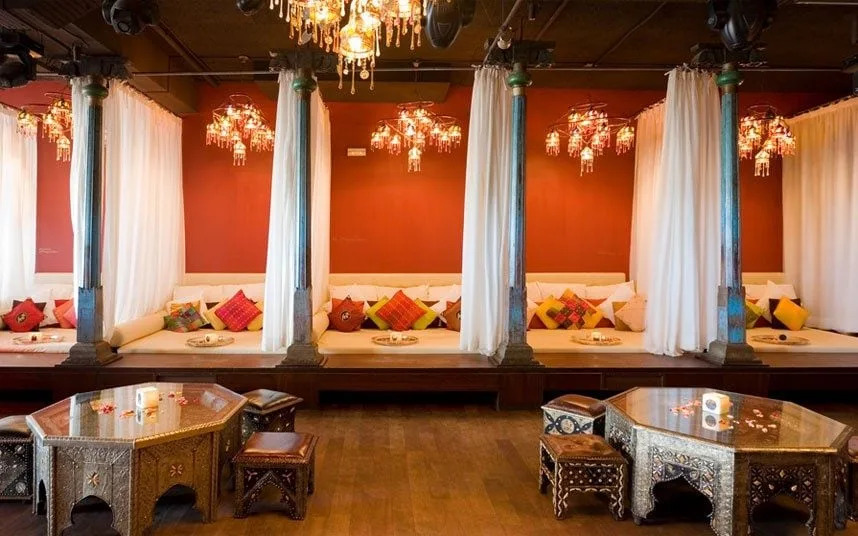 CDLC is a glam spot to spend an evening in Barcelona
CDLC is a glam spot to spend an evening in BarcelonaDay two: morning
Lluís Domènech i Montaner was one of Gaudí’s contemporaries, and had a more florid approach, seen at its most ecstatic in the Palau de la Música Catalana concert hall in the Born neighbourhood. Have a coffee downstairs to sneak a peek at the lobby, or book a guided tour for the whole thing.
AdvertisementAdvertisement#«R51ekkr8lb2m7nfblbH1» iframe AdvertisementAdvertisement#«R91ekkr8lb2m7nfblbH1» iframeWalk south of the Palau and through the Santa Caterina Market and eventually you will end up at the Museu Picasso, which offers a look at the artist’s early work from his years in Barcelona. The highlight of the collection is Las Meninas, 58 sketches and paintings based on Velázquez’s masterpiece of the same name.
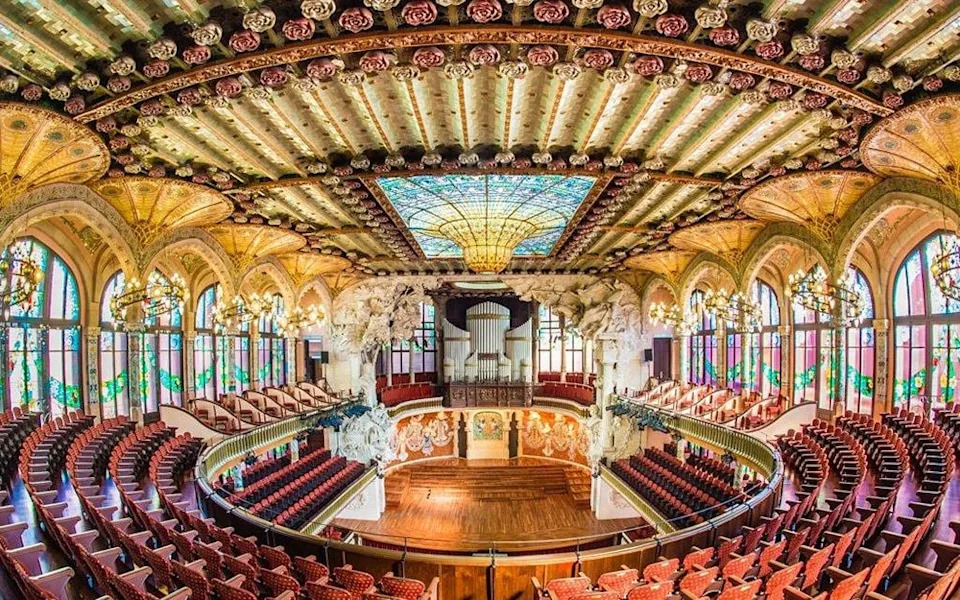 Book a guided tour of Palau de la Música Catalana - Matteo Vecchi - teolds photography
Book a guided tour of Palau de la Música Catalana - Matteo Vecchi - teolds photographyAfternoon
A couple of blocks south of here is Cal Pep, known for its super-fresh seafood tapas. It pays to book ahead, as it can get very busy. Inside, there’s a cosy dining room at the back, but if you sit there you’ll miss all the fun. Better to stand up at the bar and watch the cooks working the stoves. The streets around here are also filled with stylish little boutiques such as La Comercial Man.
Head across the Via Laietana and into the Barri Gòtic, to the great Gothic cathedral. Be sure to visit the cloister with its gaggle of 13 clanking geese, to represent the 13 years of age of Santa Eulàlia, one of the city’s patron saints, when she died at the hands of Roman emperor Diocletian. Leave time for the tangle of medieval streets around the cathedral – you’ll get lost, everybody does, but that’s the charm of this neighbourhood.
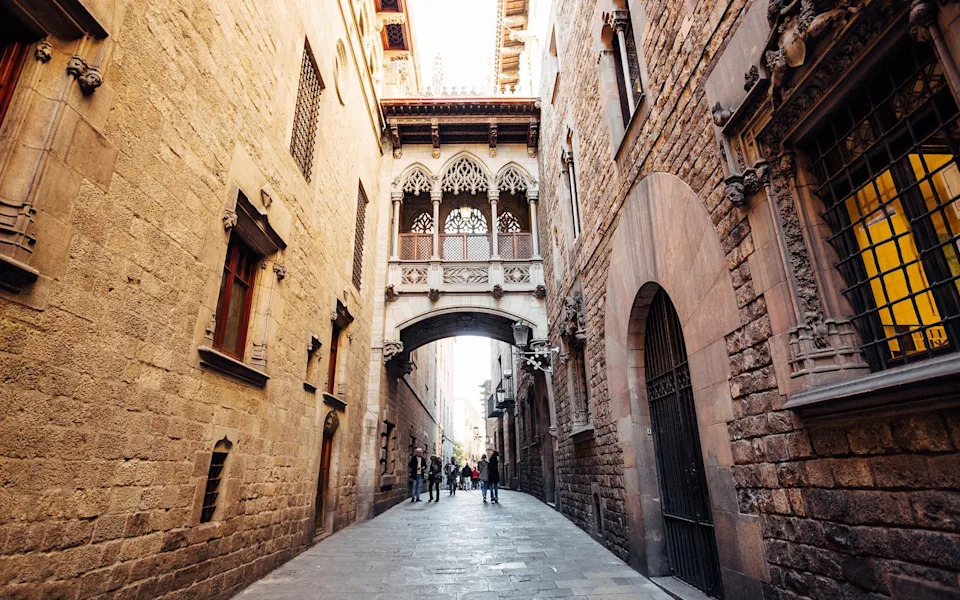 Get lost in the maze of medieval streets that is the Barri Gòtic - Alexander Spatari
Get lost in the maze of medieval streets that is the Barri Gòtic - Alexander SpatariLate
If you’re lucky, your wandering will lead you right outside La Vinateria del Call, a cosy space in the heart of the old Jewish quarter (also known as El Call) serving platters of local cheese and charcuterie along with some excellent house-made tapas.
AdvertisementAdvertisement#«R5aekkr8lb2m7nfblbH1» iframe AdvertisementAdvertisement#«R9aekkr8lb2m7nfblbH1» iframeIf you’ve still got any energy left, nearby El Paraigua is a great spot for a nightcap. It serves cocktails upstairs in its Modernista-designed bar and offers live music downstairs in a brick-walled basement. To really dance the night away, however, you’ll need to walk another block or two to Marula Café, a temple to funk and soul that’s open long into the small hours.
Return to index
When to go
There is no longer a low season in Barcelona, but there’s no bad time to visit either. Winter can throw up some azure skies and improbably warm days, while summer – though humid – is not as blisteringly hot as other Spanish cities. Spring and autumn are the safest periods, perhaps, weather-wise, though they are the most prone to sudden showers, particularly around October and November
The period from late-July to early-September is a strange one – most locals with the means to leave town do, which makes for a quiet, traffic-free experience but it also means that most restaurants are closed and cultural events are thin on the ground.
AdvertisementAdvertisement#«R5hekkr8lb2m7nfblbH1» iframe AdvertisementAdvertisement#«R9hekkr8lb2m7nfblbH1» iframeThe busiest period is Easter, when prices of flights and hotels are correspondingly high. Festivals are dotted throughout the year – highlights include the Three Kings’ Parade on January 5, Sant Jordi on April 23, the Gràcia festival in August and – best of all – La Mercè in September.
Return to index
Where to stay
Luxury living
Interior designer Lázaro Rosa-Violán has worked his magic over the Cotton House Hotel, combining the grace of the original building (the former headquarters of the city’s cotton guild) with modern artworks and bold colours. The result really is fabulous.
Read the full hotel review here.
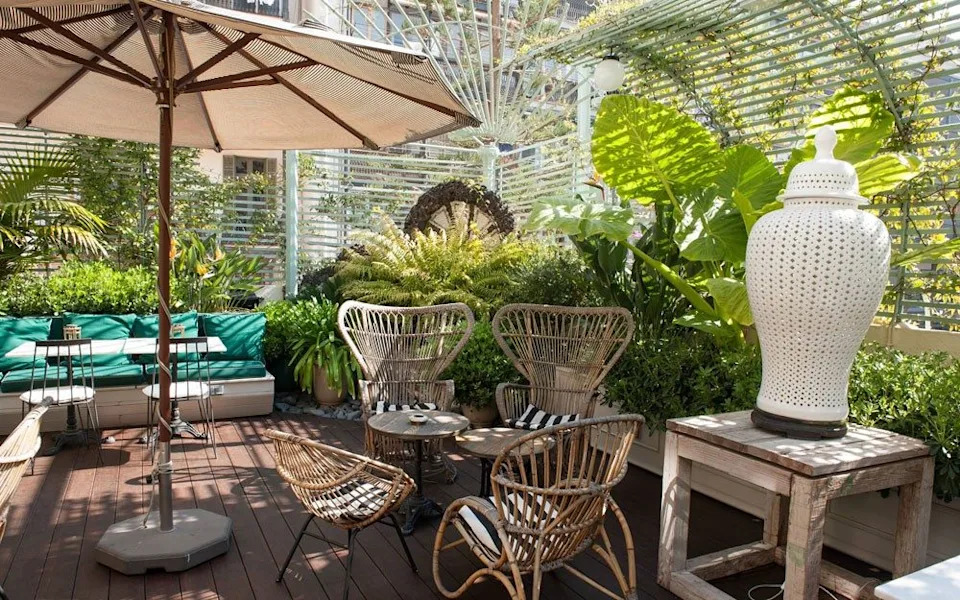 Cotton House Hotel has had a makeover by interior designer Lázaro Rosa-Violán
Cotton House Hotel has had a makeover by interior designer Lázaro Rosa-ViolánBoutique bolthole
Hotel Neri is a delightful little place to lay your head with only 22 rooms. It’s housed in a 17th-century mansion and what it lacks in facilities (no pool, no gym) it makes up for in style and location – just next to the cathedral, it could not be more central. Its terrace on an atmospheric little square and its leafy rooftop bar are extra pluses.
AdvertisementAdvertisement#«R5sekkr8lb2m7nfblbH1» iframe AdvertisementAdvertisement#«R9sekkr8lb2m7nfblbH1» iframeRead the full hotel review here.
 Hotel Neri is a small property with only 22 rooms
Hotel Neri is a small property with only 22 roomsBudget beauty
Spacious, sunny and classy are not always words you hear used when talking about a hostel, but the Casa Gràcia is exceptional, with marble floors, an antique lift, high ceilings, Corinthian columns, verdant displays of plants and antique chests dotting the long, bright corridors. The common areas are clean and elegant, and there is a leafy terrace. Choose between dorm beds and double rooms.
Read the full hotel review here.
 There are verdant displays of plants and antique chests dotting the long, bright corridors at Casa Gràcia
There are verdant displays of plants and antique chests dotting the long, bright corridors at Casa GràciaFind more hotels in Barcelona in our guide.
Return to index
Know before you go
Essential information
British Consulate: Avda Diagonal 477, 13º, Eixample (00 34 93 366 62 00; gov.uk/world/spain)
Emergency services: 112 - Fire, police or ambulance
Tourist office: Plaça Catalunya, Eixample (00 34 93 285 38 32; barcelonaturisme.com)
The basics
Currency: Euro
Telephone code: Dial 00 34 for Spain from abroad. There are area codes (93 for Barcelona) but they must always be included, even from within the Barcelona area
Time difference: +1 hour
Flight time: London to Barcelona takes around two hours
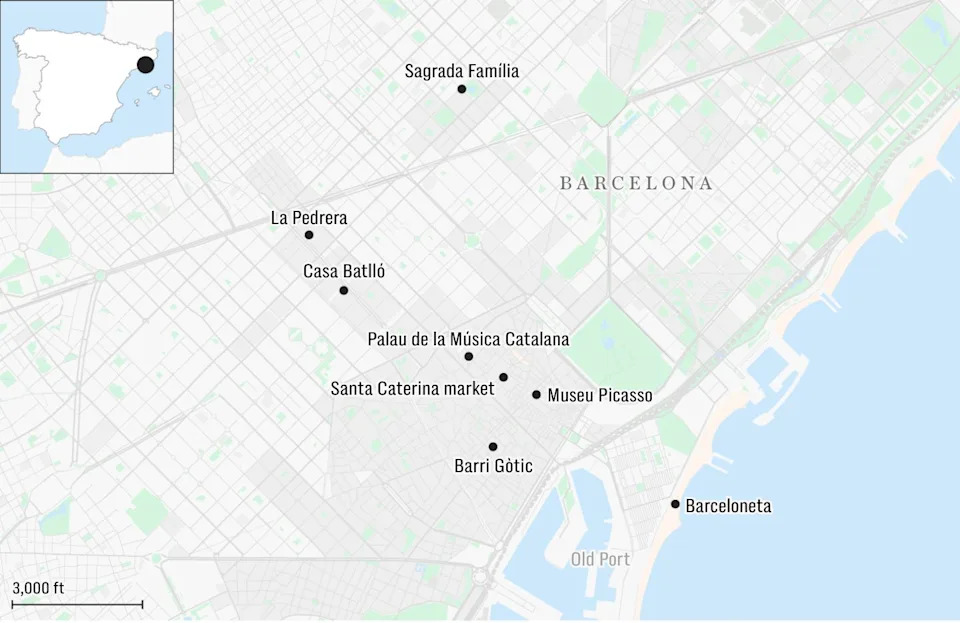
Local laws and etiquette
Tipping is a pretty relaxed affair in Spain, and people tend to round up to the nearest euro in a bar, café or taxi, and leave just a few euros in all but the smartest restaurants.
Drivers are required to keep a fluorescent vest inside the car, to be worn if they break down or have an accident on a busy road and need to get out of the car (they come as standard with hire cars). Glasses or contact lens wearers are legally required to keep a spare pair in the car (though this is rarely enforced).
The Spanish can seem very abrupt, and use “please” and “thank you” minimally. They find the Anglo-Saxon method of constantly using these words insincere – in Spanish it’s all in the intonation and delivery. There is little sense of personal space here, but that can mean that, for example, people will greet and say goodbye to strangers when they enter or leave a lift.
About our expert
After stints living in Seville and Madrid, Sally Davies settled in Barcelona’s El Born in 2001, a stone’s throw from Ciutadella Park and the Santa Caterina market, two of her favourite places anywhere.
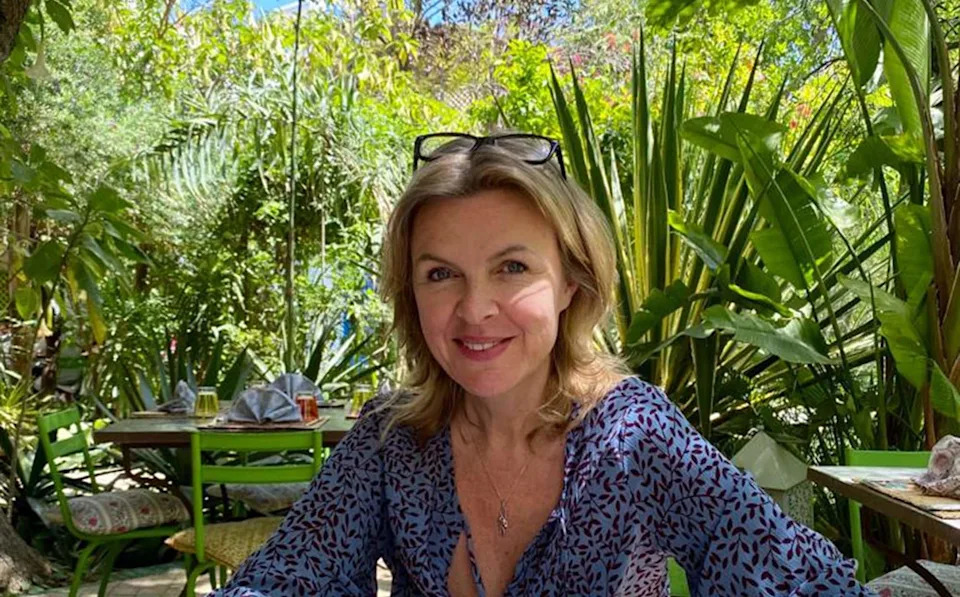 Sally Davies, Telegraph Travel’s Barcelona expertAdvertisementAdvertisement#«R6iekkr8lb2m7nfblbH1» iframe AdvertisementAdvertisement#«Raiekkr8lb2m7nfblbH1» iframe
Sally Davies, Telegraph Travel’s Barcelona expertAdvertisementAdvertisement#«R6iekkr8lb2m7nfblbH1» iframe AdvertisementAdvertisement#«Raiekkr8lb2m7nfblbH1» iframe Broaden your horizons with award-winning British journalism. Try The Telegraph free for 1 month with unlimited access to our award-winning website, exclusive app, money-saving offers and more.
Experience the essence of a perfect summer weekend in Barcelona: Soak up some Mediterranean sun at Lapsi Beach, explore ancient secrets on Camps sites or immerse yourself within its vibrant city-life. The options are infinite – all leading to unforgettable memories!
Embarking on an ideal summer weekend in Barcelona is a journey through flavors, artistry and history – from the serene vistas of Montju?c to savory tapas at hidden street eateries; the perfect blend that makes every moment memorable.
A delightful guide on how to cherish an ideal summer weekend in all its vibrancy and culture – Barcelona genuinely captures the essence of great travel dreams realized!
Discover the perfect summer weekend in Barcelona with this comprehensive guide, from stopping at gothic churches to hitting up trendy rooftop bars - an unforgettable escape tailored for thrill seekers and history buffs alike.







